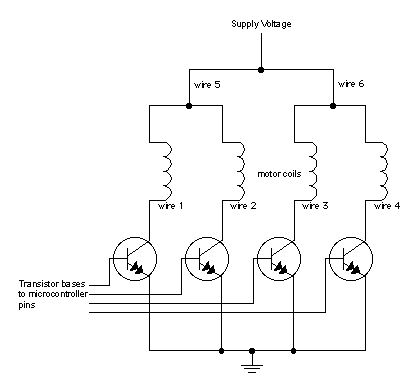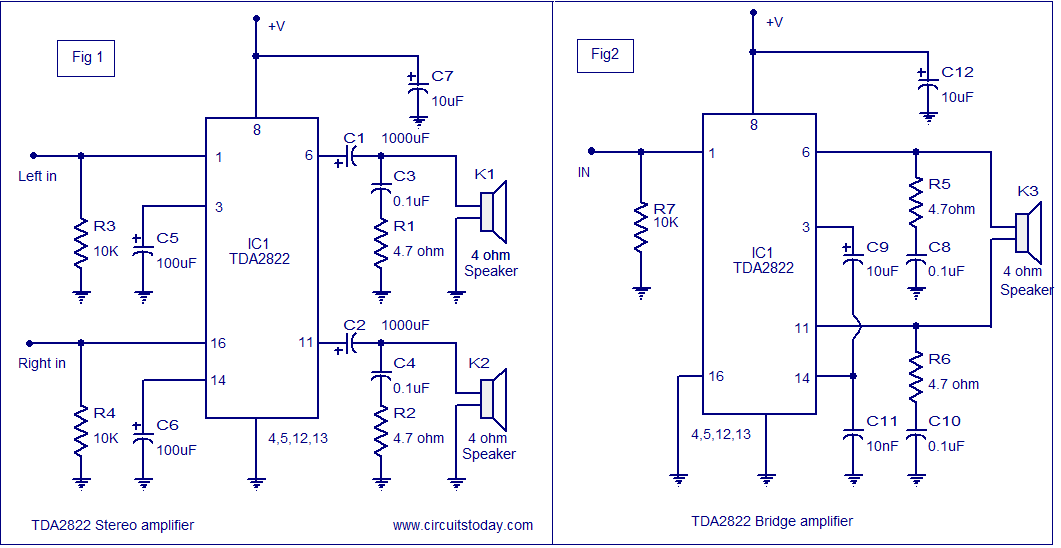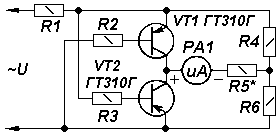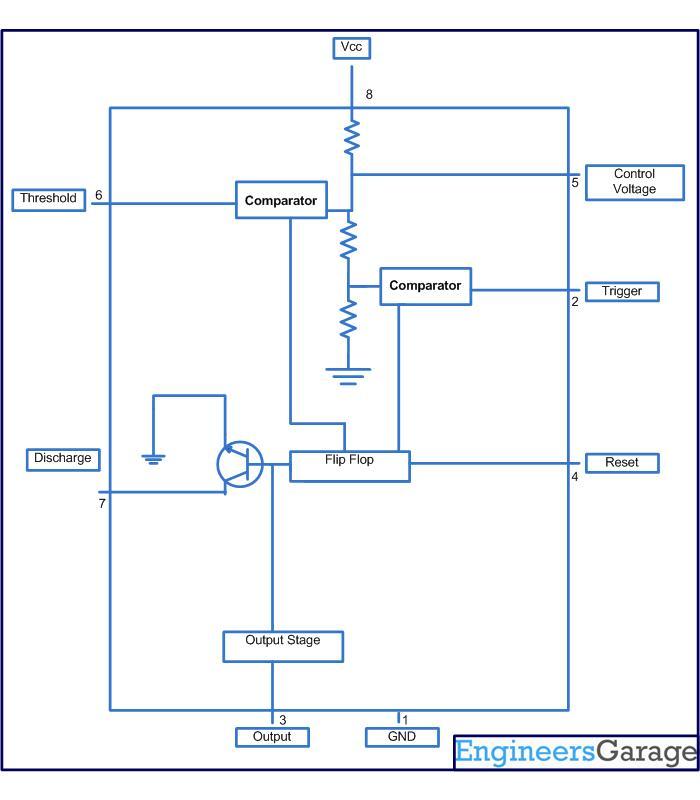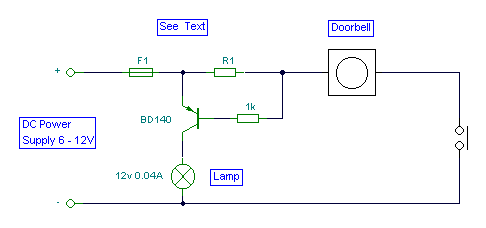
Sound delay lamp circuit diagram

The telephone table lamp is designed to automatically illuminate during night ringing or when the phone is off-hook. After hanging up, the lamp will extinguish after a delay of 45 seconds. It is typically used as a general-purpose lamp with a dimmer, eliminating the need for a light switch. To activate the delay function, a simple touch of a button is required, prompting the light to remain on for an additional 45 seconds before turning off. The circuit incorporates various components, including an optical coupling circuit, light control circuit, negative pulse generating circuit, monostable trigger circuit, thyristor switch circuit, and power supply circuit. The schematic utilizes an IC1 model PC817 with four pins; IC2 is an equivalent NE555 integrated circuit. The transistor (VT) can be selected from models such as 9014 or 3DK4. The triac (VS) should be rated for 1A and between 600V to 800V, with options including models like 97A6 or 97A8. The regulator should be a 1/2W 12V type, such as 2CW60. The light resistance (MG) should be less than 1k, preferably using MG45 models. The capacitor (C5) is recommended to be a CBB polypropylene type, with a voltage rating of 400V or higher. The lamp can accommodate either 25W or 45W bulbs.
The telephone table lamp circuit is an integrated design that combines various functionalities into a single unit. The optical coupling circuit serves to isolate the control signal from the high voltage side, ensuring safety and reliability. The light control circuit monitors the state of the phone line, triggering the lamp to illuminate when the phone is off-hook or during incoming calls.
The negative pulse generating circuit is crucial for creating a brief pulse that activates the monostable trigger circuit. This circuit, utilizing the NE555 timer, generates a delay period during which the lamp remains illuminated after the phone call ends. The thyristor switch circuit is responsible for controlling the power delivered to the lamp, allowing it to operate efficiently under varying load conditions.
The choice of components is significant for the overall performance of the circuit. The PC817 optoisolator provides effective signal isolation, while the NE555 timer is known for its reliability and ease of use in timing applications. The selected transistors and triacs should be rated appropriately to handle the expected current and voltage levels, ensuring that the circuit operates safely without overheating or failure.
The use of a polypropylene capacitor rated at 400V or more is essential for maintaining stability in the circuit, particularly in high-voltage applications. The light resistance should be carefully chosen to ensure that it does not exceed the specified value, allowing for proper functioning of the delay feature.
Overall, the design of this telephone table lamp circuit exemplifies a practical application of electronic components to achieve a user-friendly lighting solution that enhances the functionality of a standard lamp while providing additional features tailored to the needs of telephone users. As shown in the telephone table lamp, night ringing or when off-hook light will automatically light up, hang up after delay 45s lamp self-extinguish. Normally used for general use lamp dimmer, without light switch. When the lamp for the delay, simply click delay touch of a button, the light will delay self-extinguished after 45s. The circuit is set in one of a variety of purposes, mainly by optical coupling circuit, light control circuit, a negative pulse generating circuit, monostable trigger circuit, the thyristor switch circuit and power supply circuit.
Figure, IC1 use 4 feet PC817 models; IC2 NE555 equivalent type when base integrated circuit. VT best selection 9014,3DK4 etc. switch; VS selection 1A, 600V ~ 800V Triac, such as 97A6,97A8 other models; regulator is 1/2W 12V as 2CW60 like. MG choice of light resistance of less than 1k MG45 models. C5 best selection of CBB polypropylene capacitors, voltage 400V or more. H with 25W or 45W bulbs.
The telephone table lamp circuit is an integrated design that combines various functionalities into a single unit. The optical coupling circuit serves to isolate the control signal from the high voltage side, ensuring safety and reliability. The light control circuit monitors the state of the phone line, triggering the lamp to illuminate when the phone is off-hook or during incoming calls.
The negative pulse generating circuit is crucial for creating a brief pulse that activates the monostable trigger circuit. This circuit, utilizing the NE555 timer, generates a delay period during which the lamp remains illuminated after the phone call ends. The thyristor switch circuit is responsible for controlling the power delivered to the lamp, allowing it to operate efficiently under varying load conditions.
The choice of components is significant for the overall performance of the circuit. The PC817 optoisolator provides effective signal isolation, while the NE555 timer is known for its reliability and ease of use in timing applications. The selected transistors and triacs should be rated appropriately to handle the expected current and voltage levels, ensuring that the circuit operates safely without overheating or failure.
The use of a polypropylene capacitor rated at 400V or more is essential for maintaining stability in the circuit, particularly in high-voltage applications. The light resistance should be carefully chosen to ensure that it does not exceed the specified value, allowing for proper functioning of the delay feature.
Overall, the design of this telephone table lamp circuit exemplifies a practical application of electronic components to achieve a user-friendly lighting solution that enhances the functionality of a standard lamp while providing additional features tailored to the needs of telephone users. As shown in the telephone table lamp, night ringing or when off-hook light will automatically light up, hang up after delay 45s lamp self-extinguish. Normally used for general use lamp dimmer, without light switch. When the lamp for the delay, simply click delay touch of a button, the light will delay self-extinguished after 45s. The circuit is set in one of a variety of purposes, mainly by optical coupling circuit, light control circuit, a negative pulse generating circuit, monostable trigger circuit, the thyristor switch circuit and power supply circuit.
Figure, IC1 use 4 feet PC817 models; IC2 NE555 equivalent type when base integrated circuit. VT best selection 9014,3DK4 etc. switch; VS selection 1A, 600V ~ 800V Triac, such as 97A6,97A8 other models; regulator is 1/2W 12V as 2CW60 like. MG choice of light resistance of less than 1k MG45 models. C5 best selection of CBB polypropylene capacitors, voltage 400V or more. H with 25W or 45W bulbs.
